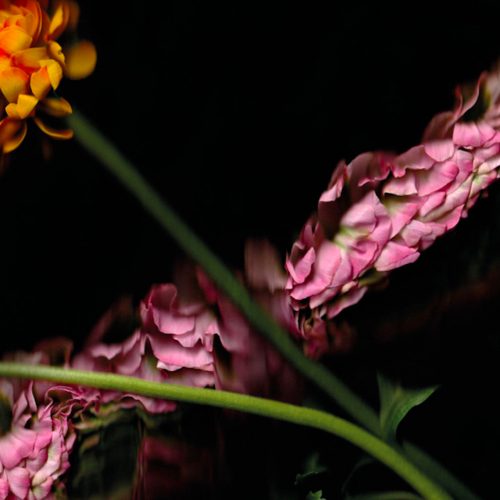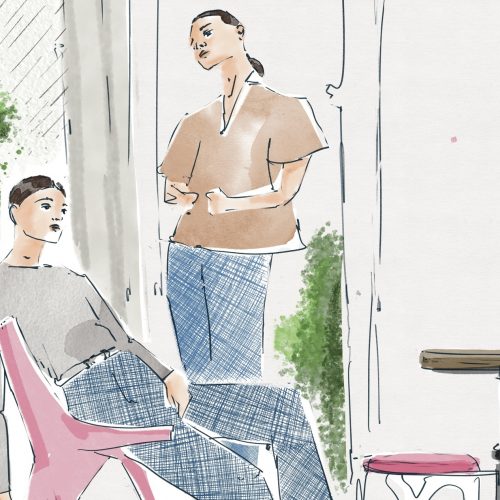Looking For Happiness? We Tried The Skogluft Method And It Works
Do you know what Skogluft means? Forest Air. It is about bringing nature into your home for a healthier and happier life. We tried it and it works.
To receive the Luxiders Newsletter, sign up here.
Skogluft is a concept introduced by Norwegian writer Jørn Viumdal. He talks about the importance of air-purifying plants, air flow, and any other elements from nature in interior design in order to create a better indoor environment for people. But, what plants can make you happier, healthier and able to connect with nature? Not all.
PLANTS TO MAKE YOU HAPPIER
Aloe Vera
It is widely known that Aloe Vera has medicinal properties and is commonly used for its soothing gel. But it is also known for being one of the greatest plants for improving indoor air quality. Aloe Vera does not only add some greens to your home, but also acts as a natural air purifier. It effectively absorbs harmful toxins such as formaldehyde and benzene, which can be found in household products. They also require exceptionally small water, and don't need a lot of sunlight. They are easy to grow, purify the air, and you can even make some soothing gels with them!
Pothos
Pothos is a vining plant that has a very distinctive and unique appearance. With its cascading vines and lush, heart-shaped leaves, pothos adds an attractive decorative element to any room. Additionally, in East Asia, it is believed to bring luck and positive energy to the owner according to Feng Shui principles. They are also known to be good at purifying indoor air and absorbing toxins just like Aloe Vera. But be careful! They can grow very fast, and very long.
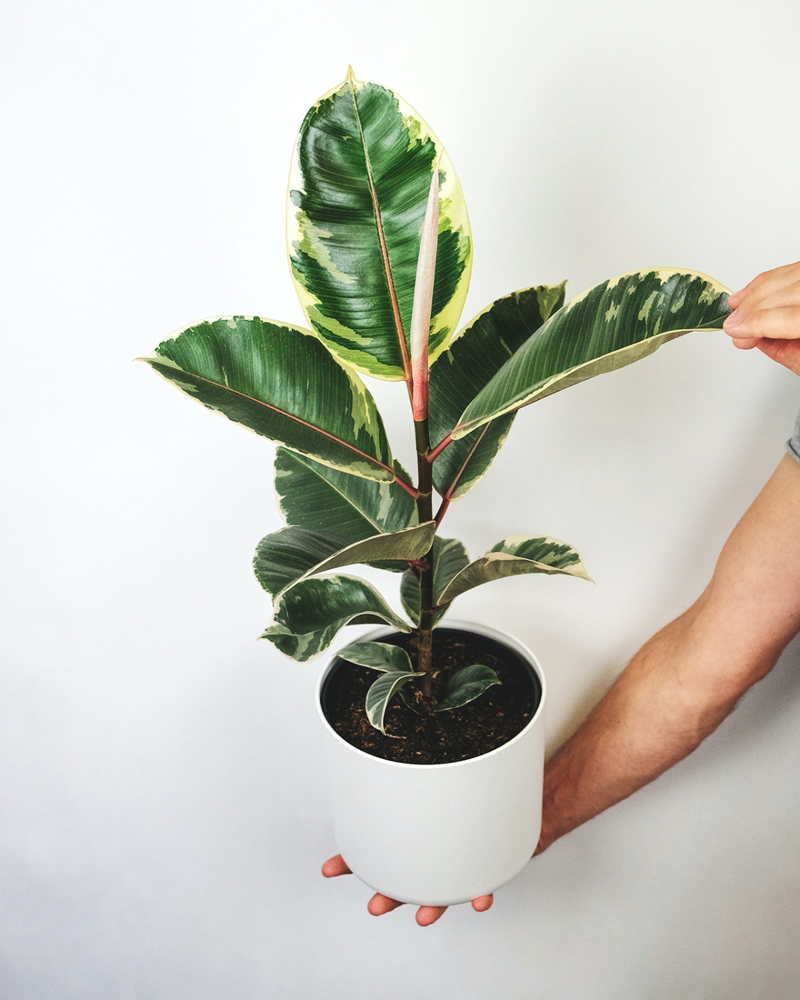
Ficus Elastica © Feey via Unsplash
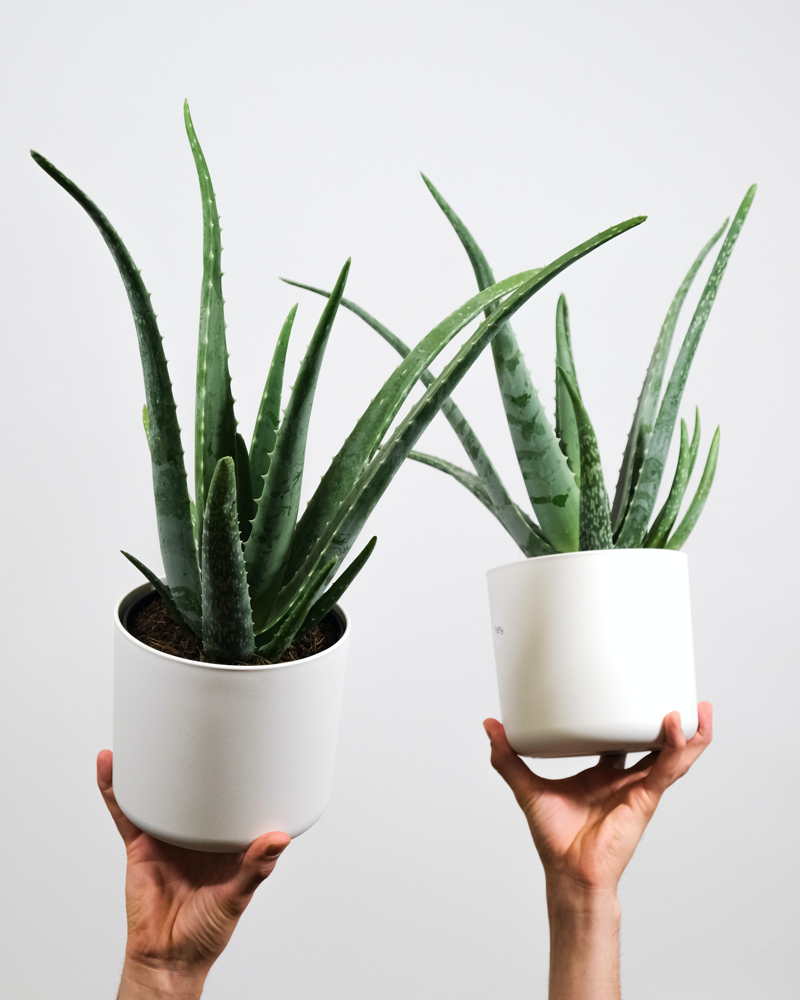
Aloe Vera © Feey via Unsplash
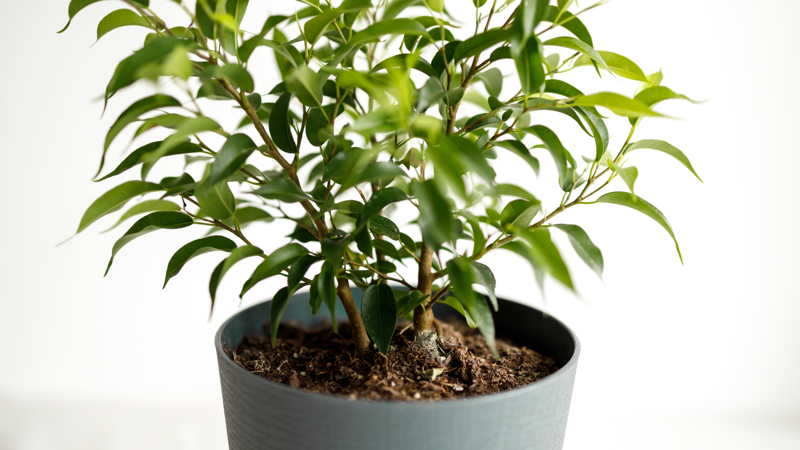
Weeping fig © Vadim Kaipov via Unsplash
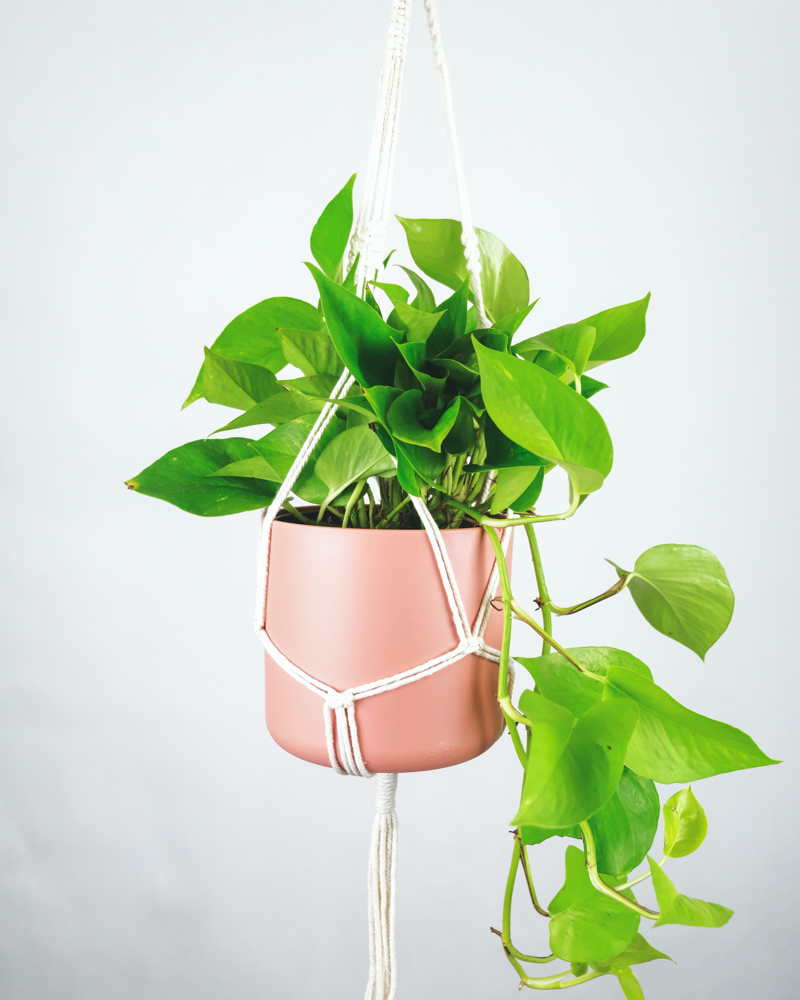
© Feey via Unsplash
Ficus Elastica
Looking for a tiny-sized tree with deep-green leaves? Ficus Elastica would be your choice. Ficus Elastica, also known as the Rubber Plant or Rubber Tree, is an excellent choice for interior spaces. They have large, glossy and thick leaves and upright growth habits, which will bring you the best greenery appealing to your room. Not only are they aesthetically pleasing, they are also very low-maintenance, adapting well to different lighting conditions and room temperatures.
Weeping fig
Here is another rubber tree, Weeping Fig. If you want some lighter green color, it would be a good substitute. Also, they have different leaf colors depending on the type, which broadens your choice. Their gracefully drooping branches and glossy green leaves add a touch of sophistication to your room. They can also be great air filters with low maintenance, and their dense foliage also helps reduce noise, making it suitable for offices or bedrooms.
Snake Plant
Snake Plant is probably one of the most common plants you can see at anyone’s home. Snake plants have long, sword-shaped leaves with a waxy texture and unique patterns, which made themselves called “Snake Plant”. They are well known for surviving even with just watering once a month. They can be easily seen in Asian families, because they are believed to protect the family from bad energy, attract wealth, and balance and harmonize the energy in a room. But remember, they hate Winter!
Spider plant
Are you looking for a small plant to liven up the space on your desk at home or at work? Spider plants are definitely for you. They are also suitable for homes with pets, because they are non-toxic to cats and dogs. Spider plants are also known for their ability to produce offshoots called "spiderettes." These baby plants can be easily propagated and shared with others, making them a great choice for people who want to expand their collection or give plants as gifts to their friends and family.
Highlight Image: © Micheile Henderson via Unsplash
Words:
Yoochan Si
Luxiders Magazine



